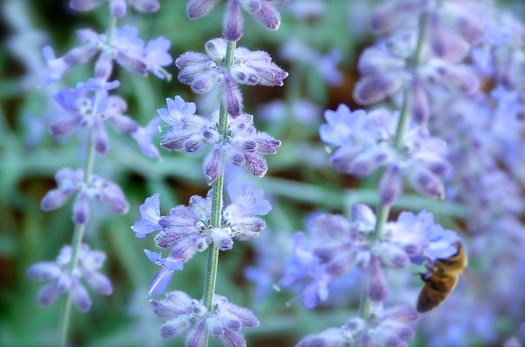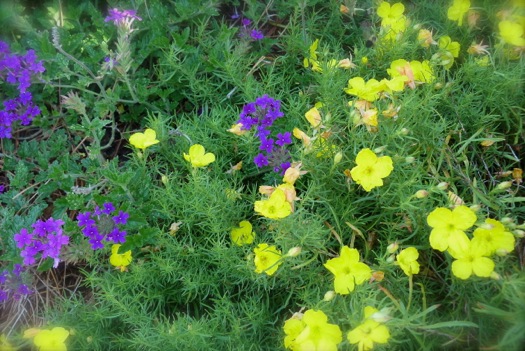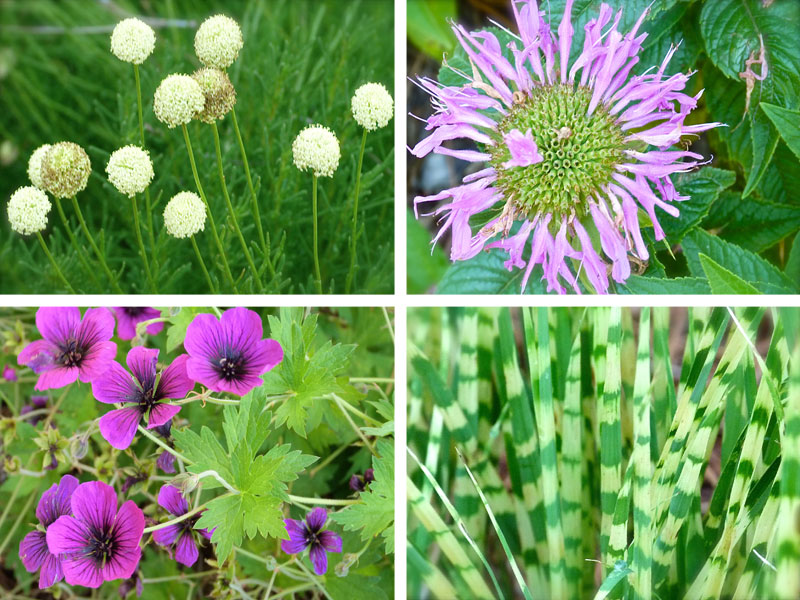Got Humid Heat? Want Pollinators? Try Firebush!
 Sunday, July 24, 2016 at 6:00PM
Sunday, July 24, 2016 at 6:00PM Some like it hot. While many flowers shrink from the Deep South's summertime heat and humidity, there are many tropical plants that may not survive the winter but will thrive through the hottest summer to provide shots of color in the garden. This year I discovered Firebush, Hamelia patens.  In this public domain photo a Zebra longwing butterfly is sipping nectar from a Firebush.It is also called Firecracker Shrub, Scarlet Bush, and Hummingbird Bush. This striking plant will bloom for months, from late spring until frost, and its tubular flowers attract hummingbirds, bees, and butterflies. It provides both larval food and nectar for butterflies. Its also produces berries in the fall that are a treat for songbirds.
In this public domain photo a Zebra longwing butterfly is sipping nectar from a Firebush.It is also called Firecracker Shrub, Scarlet Bush, and Hummingbird Bush. This striking plant will bloom for months, from late spring until frost, and its tubular flowers attract hummingbirds, bees, and butterflies. It provides both larval food and nectar for butterflies. Its also produces berries in the fall that are a treat for songbirds.
This woody perennial shrub is hardy in USDA zones 8b-11. It will grow as an annual in more northern regions of the South, with leaves that turn scarlet red as the temperatures cool. There are actually two forms of Firebush. Hamelia patens is native to Florida, as well as Mexico, the West Indies, and Central and South America. It has red blooms and will grow up to 15 feet tall in southern Florida, though it may be kept to 5 to 8 feet through pruning. A dwarf form, Hamelia patens var. glabra grows only to 4 to 8 feet. It may be planted in a 3 gallon or larger pot. Its blooms are lighter, orange with gold tips, rather than red. This dwarf form is native only to those areas south of the US, though introduced specimens may sometimes reseed themselves in southern Florida. It is just as attractive to wildlife as the taller native. Dwarf Firebush
Dwarf Firebush

Loving both heat and humidity, Firebush is a tough, easy-care plant. It will grow in full sun to light shade, in any well-drained soil. It is quite drought tolerant, though it should be watered regularly until it is established.
My own plant is the dwarf, and I have it in a pot. I plan to move it indoors for winter, since the plant is unlikely to survive our lowest winter temps. Potted plants brought indoors should be protected from both freezing drafts and low humidity. I am really loving this plant. Every day I see bees, butterflies and hummingbirds visiting its blooms. Here is my dwarf firebush in the landscape. It is in a pot adjacent to my patio.
Here is my dwarf firebush in the landscape. It is in a pot adjacent to my patio.












